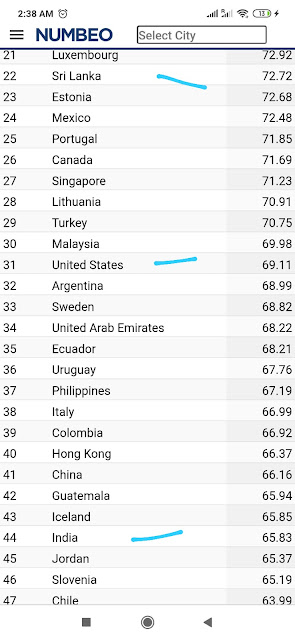IBS patient update - initially I was feeling bored and also wanted to change the topic rather than listen to tiny and probably useless points when she was speaking at very slow speed and I had to rush to read more for exam preparation but I tried keeping patience for sometime and what I got was something extremely amazing. She was slow as many stories she had lived like real life were going through her mind, where most if them were painful ones.. She was trying to evaluate them and make it in meaningful statement as how she is awake with eyes open but far far away from reality, feeling living in imagination which feels completely real and some moments are so slow as if time have stopped and this super slow scene stays there for long like many minutes or probably even an hour as she fails to keep track of real-time and these Stationary scenes gives her most amazing experience. Amazing in happy or sad way or what, can't explain clearly but may be can say the most powerful feelings. She detailed more about kind of stories she have lived but avoided giving much details, may be because fear of being judged, specially as I am a good friend now or also because risk of being Interfered as I needed to get back to study.. With details what beautiful thing I learnt was her "self hypnosis" Helping her to get big relief from chronic physical and emotional trauma and pain.
This show's a good opportunity for use of immersive tech like VR/AR/XR/MR against chronic pain (physical/emotional) management which has already started to become reality.
For a person practising self-hypnosis, it may be better to be guided by a professional who may help do better, safer and maybe less saddening ways. Interested to hear from trained clinical hypnosis practitioners or please share in comments if any relevant publications.
Self hypnosis = frugal, immersive (human tech).
Reply from RB sir - Amazing write up 👏 Reflective self hypnosis is a great idea toward a new tech supported therapeutic tool 👍





